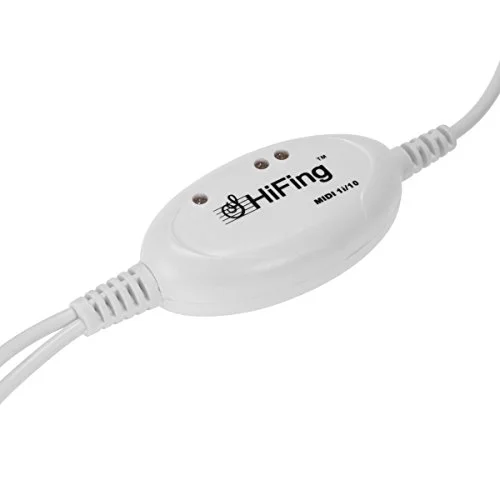

You can click here to deselect all filters. The first success step is to turn the device in the USBasp mode by activating the bootloader.The active filter combination does not have any matching parts! The needed components are the following: - 1x Atmega328p - 1x USB connector - 1x 12MHz crystal - 2x 3.6V zener diode - 2x 22pF ceramic capacitor - 1x 100nF ceramic capacitor - 1x 4.7μF electrolytic capacitor - 1x 1.5kΩ resistor - 2x 68Ω resistor - 2x mini push button switch All these specifications are detailed on the V-USB Obdev site ( V-USB Obdev) I have adapted the schematics and remove the voltage regulator and kept only the zener diodes to limit the D+ and D- voltage (see the schematics image). It can also be used to develop projects which are not USB devices. It's hardware design allows the user to develop low cost USB devices with Atmel's AVR ATmega microcontrollers. “ The USnooBie is a microcontroller kit that does not require any sort of AVR programmer or USB-to-serial converters to load and run compiled code. My kit is based on the USnooBie development Kit ( USnooBie): It looks like an Arduino on a Breadboard based on an Atmega328p MCU ( atmel site), communicate directly through the USB port thanks to the V-USB software-only implementation ( V-USB site), and cost only about 8€ (10$) to build (for electronical components) make it cheap / low cost - with the easier architecture possible (only one MCU) - can communicate through the USB port directly (whithout a MIDI-to-USB conversion step) - recognise by a Computer as a stand alone MIDI device - easy to build (at worst, a soldering iron) - powered by the USB port with no external power source But as I want to keep board "free" and I don't want to sacrifice it in a permanant device, I looked into a cheaper solution.


It was very useful to make some tests with MIDI softwares and write some MIDI "hello world" software (via some sketches of the arduino IDE). My choice has finally been oriented to a microcontroller board development like the Arduino boards and I choose a Teensy Development Board as it can natively use an USB MIDI library ( teensy web site). After some research, I wanted to go to a more "homemade" solution. I was looking for an USB MIDI controller device (or interface) for music applications like piano or organ keyboard or pedalboard.


 0 kommentar(er)
0 kommentar(er)
